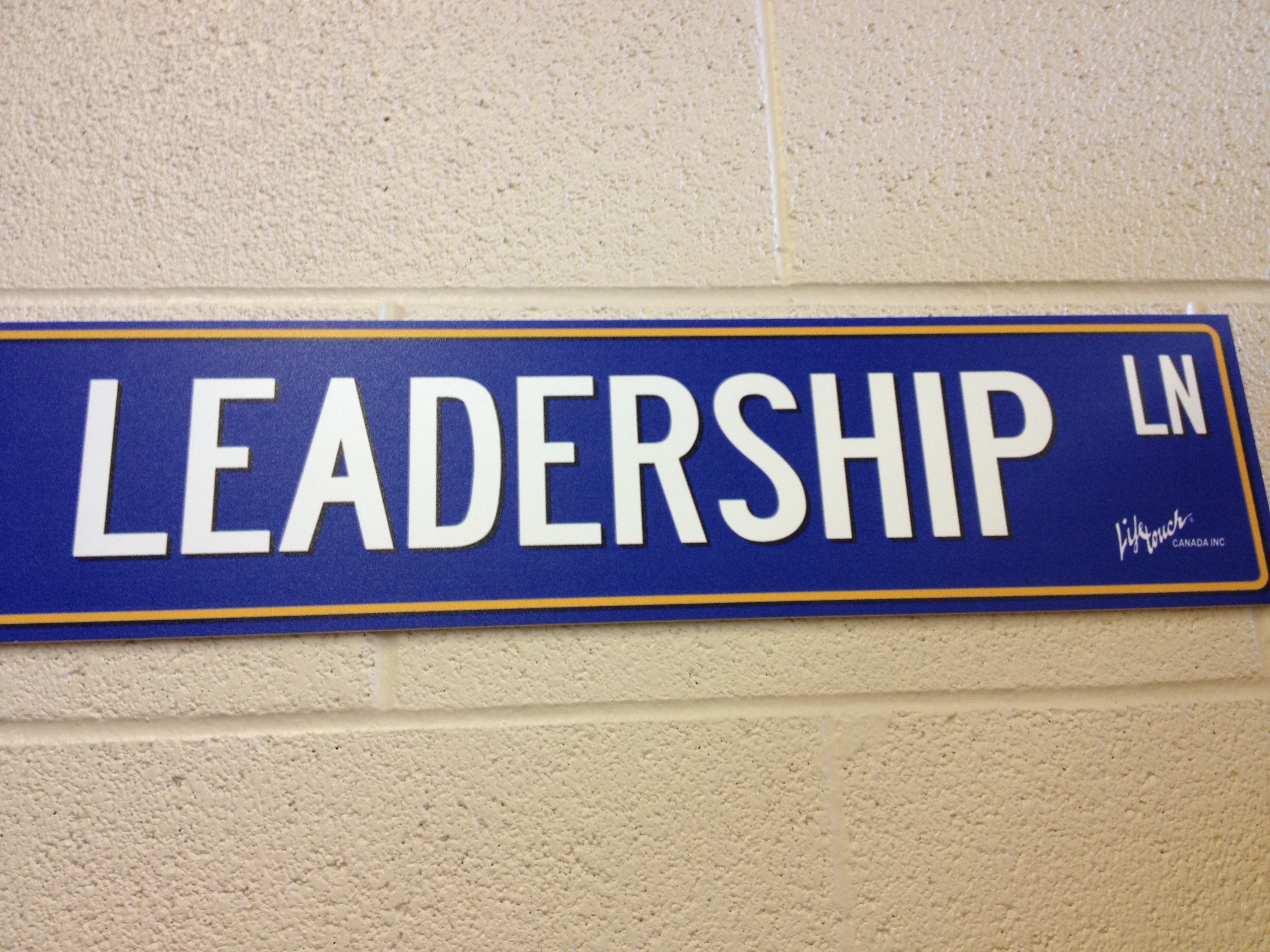 In an ideal world, our offices would be stress-free environments, and we’d get along well with all of our co-workers.
In an ideal world, our offices would be stress-free environments, and we’d get along well with all of our co-workers.
We know that this is rarely the case in reality, though.
After almost two years of homeworking for some, the return to the office can see us come back to a tense environment as we have face-to-face disagreements for the first time in a long time. But there are ways to manage this and make the office environment comfortable for yourself and your colleagues.
Before you don your smart trousers for work, check out our top tips for keeping your cool.
Set your personal boundaries
People deal with situations differently. Some people don’t mind receiving constructive feedback on an idea in a meeting, while others would prefer this to be delivered privately. Equally, you may find that your team interrupts you frequently throughout the day when you’re working on your business strategy.
If you’re regularly finding yourself in situations like this that make you uncomfortable, setting boundaries with your colleagues can help. Have a private conversation with the colleague(s) causing you frustration or making you uncomfortable and let them know how you expect to be treated.
It could be that, when presenting your work in meetings, your colleagues give you feedback via email or Teams after the meeting. Equally, you could set certain hours during the day where you expect to not be disturbed in your office. Setting these boundaries will help you to avoid these disruptive situations in the future and allow your colleagues to understand how to interact with you.
Mind your body language
We all bring different skills and viewpoints to our business. This diversity should be celebrated because it means businesses can consider strategy and ideas from multiple angles. But it can also cause disagreements if multiple people have opposing views that they’re equally passionate about.
When having discussions with your co-workers – even if they don’t feel especially terse to you – be mindful of your body language. While your words may be pleasant, your body language could be making people uncomfortable. Various studies have shown that between 70% and 93% of communication is non-verbal, so it’s essential we get this right.
When having a constructive discussion with a colleague, make sure your body language is open. That means sitting attentively, not crossing your arms or legs, and being aware of your facial expressions – you may be frowning or furrowing your brows without realising. Sometimes, we can convey frustration non-verbally even if we aren’t feeling it, so being aware of your body language will help you to navigate these situations.
Talk privately in a no-pressure environment
If there’s a specific colleague you’re frequently in conflict with, this should be addressed directly but professionally. This colleague might try and put too much work on your plate, disagree with all your ideas, or may not be pulling their weight.
If you and the colleague in question feel comfortable doing so, talking to each other in a more relaxed environment is a good first step. Studies have shown that going for a walk with someone can help you to resolve interpersonal conflict and help you to reconcile your differences. This is because walking beside one another instead of talking while facing each other is less confrontational.
Talking in a relaxed environment outside of work may also be helpful. The colleague you are experiencing difficulties with may be under a lot of pressure and could be unknowingly taking this out on you. Understanding their side of the story is critical to resolving the issue. It’s easy to get frustrated with someone without knowing what they are dealing with personally or professionally, so taking the time to understand why they’re doing what they’re doing will be helpful for you both.
There’s no denying that office environments can sometimes be stressful and tense. This can be especially true if your workforce is returning after a long period of working remotely. These three ways of dealing with tension will leave both you, your team, and your colleagues feeling better.









